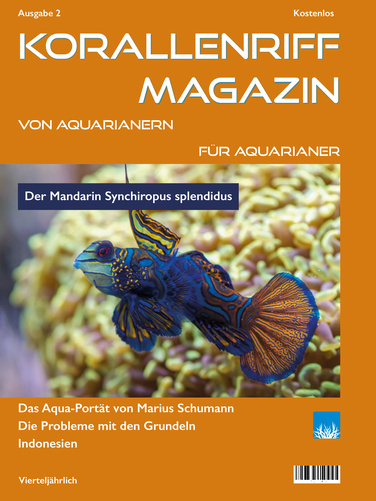Info
The white-throated surgeonfish is a species of the surgeonfish family. It is found mostly in shallow water around the coral reef.
They live in the sea on filamentous algae, so they are actually pure vegetarians. They are solitary, but they do form feeding schools in the sea.
This behavior allows them to access feeding grounds where they otherwise could not do anything alone.
Acanthurus leucosternon is undoubtedly one of the most sensitive doctors.
Unfortunately only very few of this beautiful doctor get through, especially then in well stocked reef aquariums or fish aquariums.
There is a persistent rumor that he should be sensitive to cnidarians, this is not true in our opinion, otherwise many who keep him in full coral tanks,
would probably have rather losses.
From our point of view it is rather sensitive to tiny changes. It is enough to add lime water and the fish gets spots.
So that nobody misunderstands us, we see it swimming in various tanks from time to time, which means that it survives for a while now and then.
Concerning the keeping it could be said that it can become quite "poisonous" towards other docs. The white throat doc often tries to become the "boss" of an aquarium.
Therefore one should consider the purchase well. He takes in any case fast food, from lettuce over frost - and flake food.
It is best if he is allowed to be the boss, then he reacts less susceptible than if he is constantly under stress.
You should also always have a UV system running, and the water should provide the best conditions possible!
It goes without saying that a Weisskehl Doctor should get a sufficiently large tank, the specified 1,200 liters are actually still too little.
The Weisskehl Doctor is therefore by no means a beginner's fish and can only be kept in a sufficiently large and also run-in tank with top technology. Already the influence of loud and humming flow or feed pumps causes stress, so that they can get spots.
Synonyms:
Acanthurus delisiani Valenciennes, 1835
Acanthurus delisianus Valenciennes, 1835
Acanthurus leucosternum Day, 1889
Hepatus leucosternon (Bennett, 1833)
Rhombotides leucosternon (Bennett, 1833)
Classification: Biota > Animalia (Kingdom) > Chordata (Phylum) > Vertebrata (Subphylum) > Gnathostomata (Superclass) > Pisces (Superclass) > Actinopterygii (Class) > Perciformes (Order) > Acanthuridae (Family) > Acanthurinae (Subfamily) > Acanthurus (Genus)
The surgeonfishes (Acanthuridae), popular in marine aquaristics, are also called surgeonfishes.
They have horn-like blades in front of the tail root, they use as mainly defensive weapon (defense) against predators, but this sharp weapon is also used in fights among themselves.
Deep cuts in the body of opponents can cause permanent injuries, but often death occurs immediately.
If surgeonfishes are to be kept in pairs in an aquarium, fights between the fishes can be the order of the day, we could observe this several times with the very popular Hawaiian surgeonfish (Zebrasoma flavescens).
The scalpel-like blades can cause deep cuts, this is also true for the careless aquarist who wants to touch or catch the fish with unprotected hands.
Another problem can occur if one wants to catch surgeonfish with a landing net and transfer them after catching, the horn blade can easily get caught in the net.
Caution: Careless handling of the animal can cause deep cuts!







 Dr. John Ernest (Jack) Randall (†), Hawaii
Dr. John Ernest (Jack) Randall (†), Hawaii













































































